Drinks are on us.
Our catalog of on demand products is growing. Today we would like to officially announce support for a range of insulated drinkware including a 20oz tumbler (brushed steel, black powder coated, white powder coated), a 20oz white powder-coated skinny bottle with a screw-on cap, a 16oz clear acrylic cup with a lid and straw, and white powder-coated can sleeves in both skinny and classic shapes. We’ve also added a 16oz pint glass and a 10.5oz old-fashioned rocks glass.
If you can’t possibly read through the rest of this, fine, go start making products.
On demand drinkware is available to all Cotton Bureau creators.
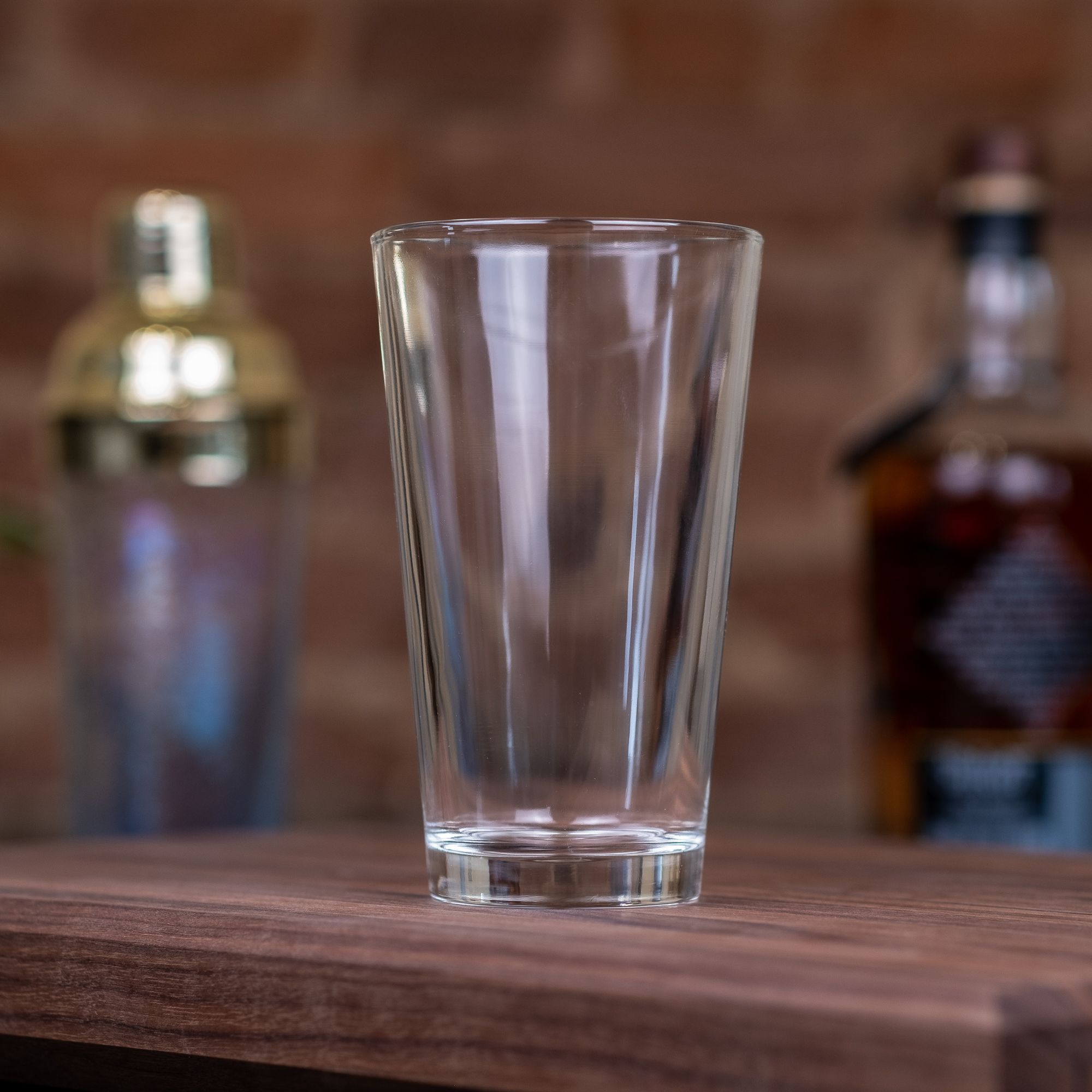
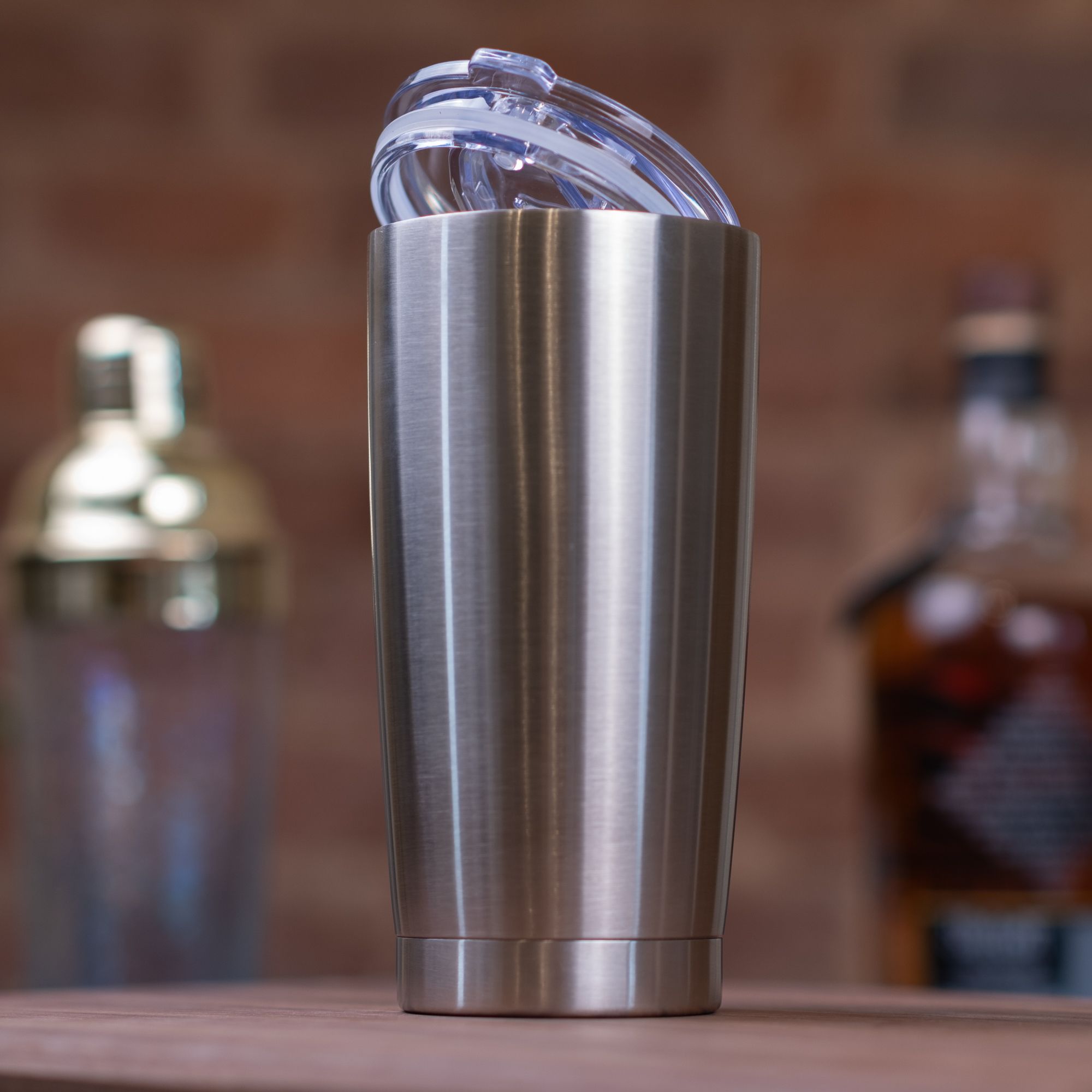
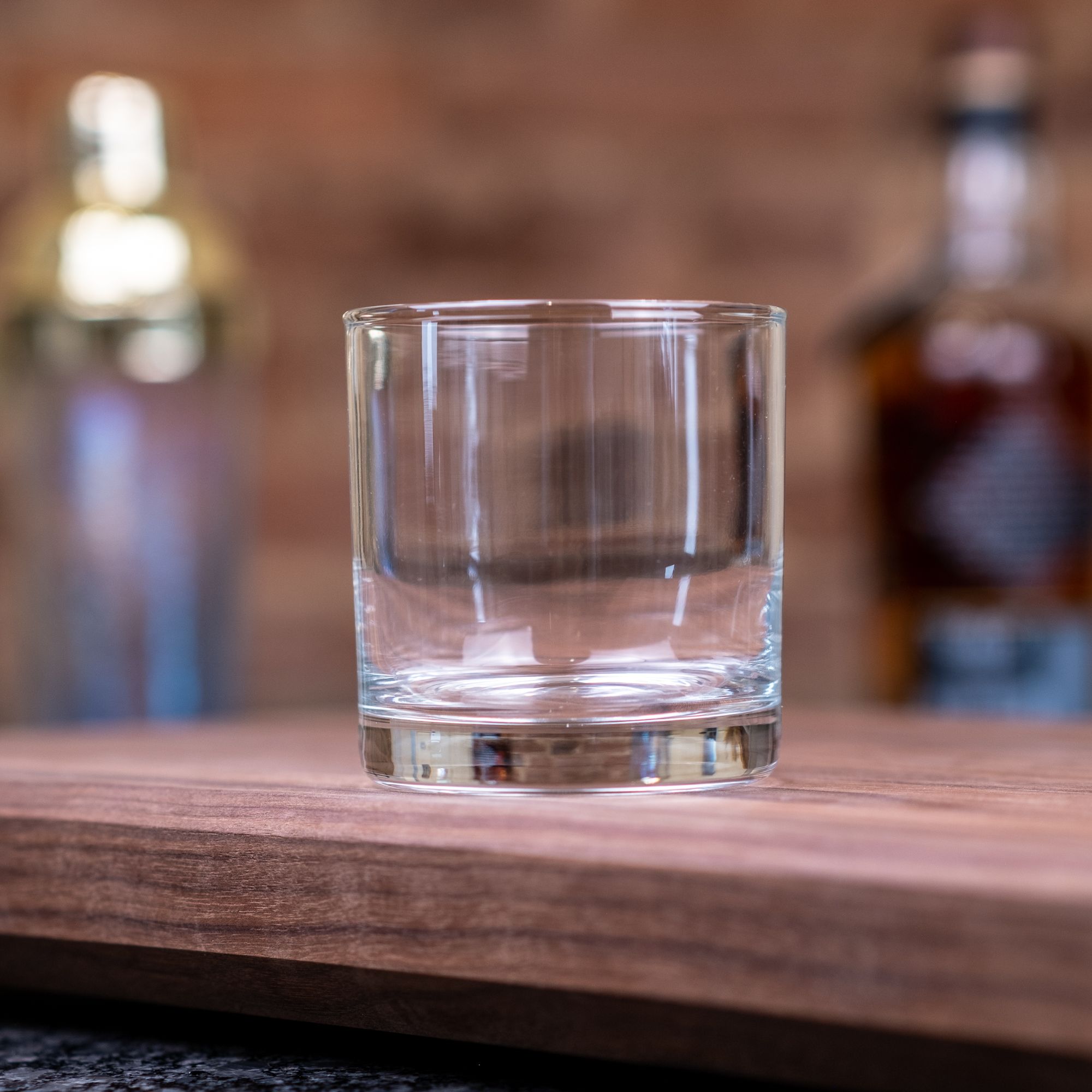
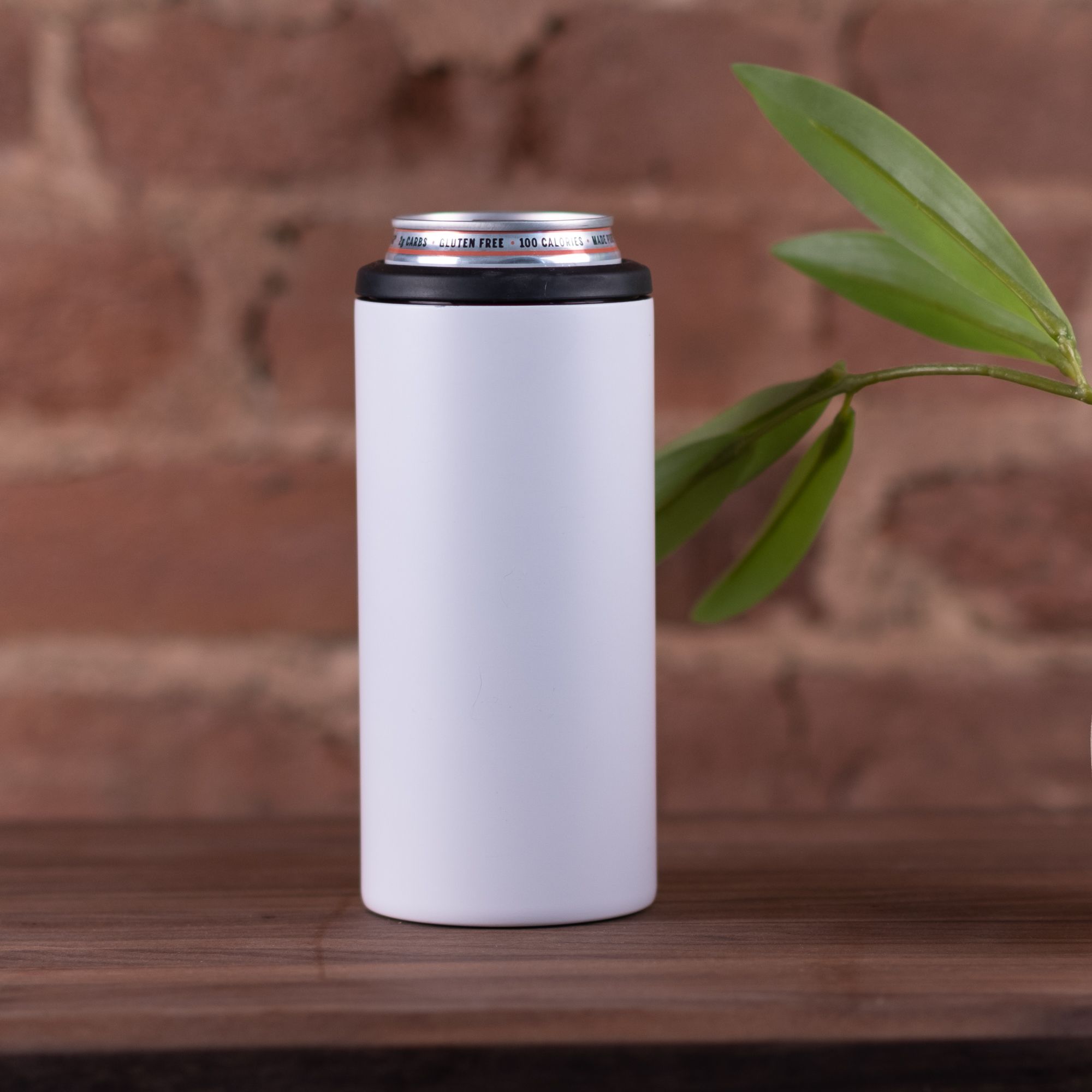
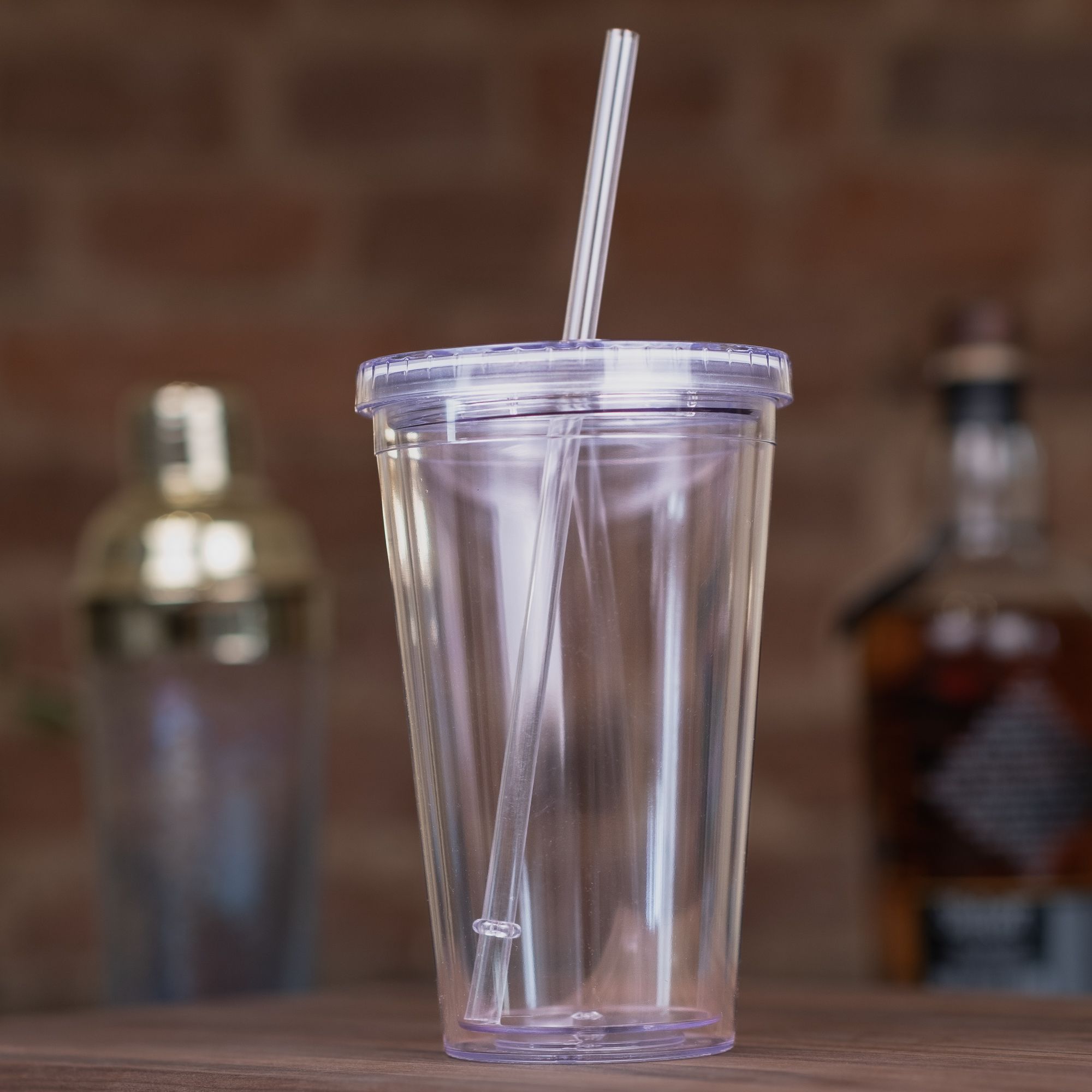
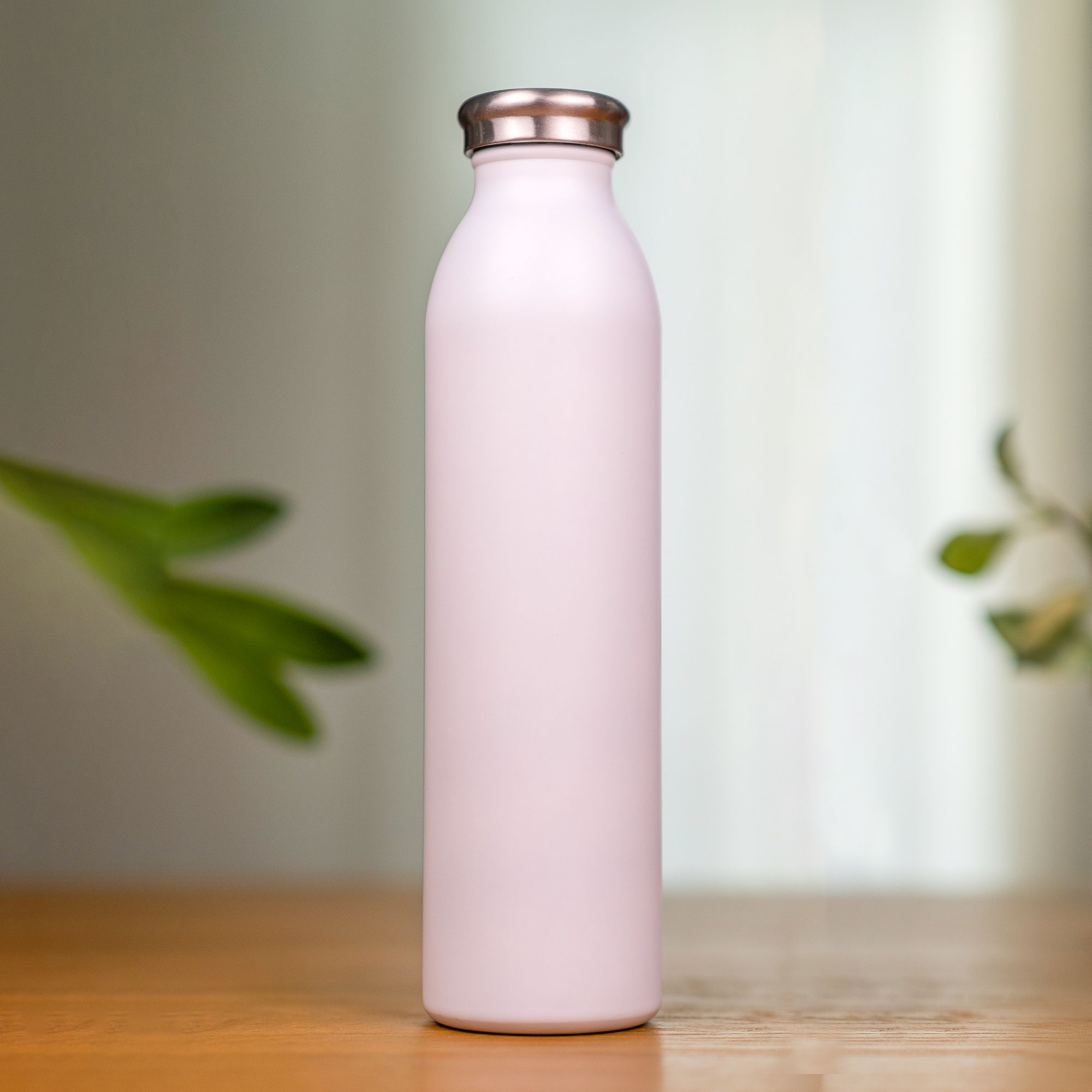
Six beautiful new places to store your drink of choice, seven if you include the Everyday Can Sleeve not pictured.
Getting Started
At a glance, on demand drinkware isn’t much different than on demand t-shirts. The fundamental nature of the job maps closely to what we already do with shirts, phone cases, totes, and hats. The steps are straightfoward:
- find a partner who can provide a high-quality product
- integrate with said partner to send over orders as we receive them
- provide a visual representation (mockup) of the product to creators and customers
Sure, there are other boxes to check like looking up harmonized tariff codes, writing documentation, drawing fancy little icons, etc., but those are the big ones.
We found the right partner easily, and we knew it right away. That just left the totally harmless sounding step of making the mockups — which ended up taunting us for, oh, a year-and-a-half. 🫠
3D Rendering
If you look at the pint glass above, you might notice that, unlike a t-shirt laying flat on a table, it curves. In fact, the printable surface of a pint glass is a full 360º circle. We needed to find a way to allow people to see not just the front, but the sides and the back as well, ideally from all angles. With the work that we had done on embroidered hats, we knew that simply overlaying the artwork onto the surface and warping in two dimensions was going to be nearly impossible.
On top of that, something else you will notice when you look at a pint glass compared to a t-shirt or a hat is how much more complicated it is to get the lighting right. With a t-shirt, you have some shadows, highlights, and textures to separate, and that’s pretty much it. With a pint glass, you have reflections, refractions, transparency, and a bunch of other concepts too technical to even get into. Basically, it’s a nightmare. After a marathon conversation on the pros and cons of different approaches, we decided we would need to go all-in on a fully 3D rendered solution. It was something we had zero prior experience with, so a) risky and b) a ton of work. But who doesn’t love a challenge?
With some very generous assistance from our new manufacturing partner, we identified a 3D modeler who could help us with the basics. They fixed us up with meshes and textures for each of the drinkware styles that you see on the website. After (more than) a few rounds of revisions to the geometry, textures, and polygon counts, we brought the models into our own tools to tweak lighting and dozens of other parameters to produce the most accurate and realistic mockups possible. Nothing is ever perfect, but they looked credible to us. Time to step on the gas.
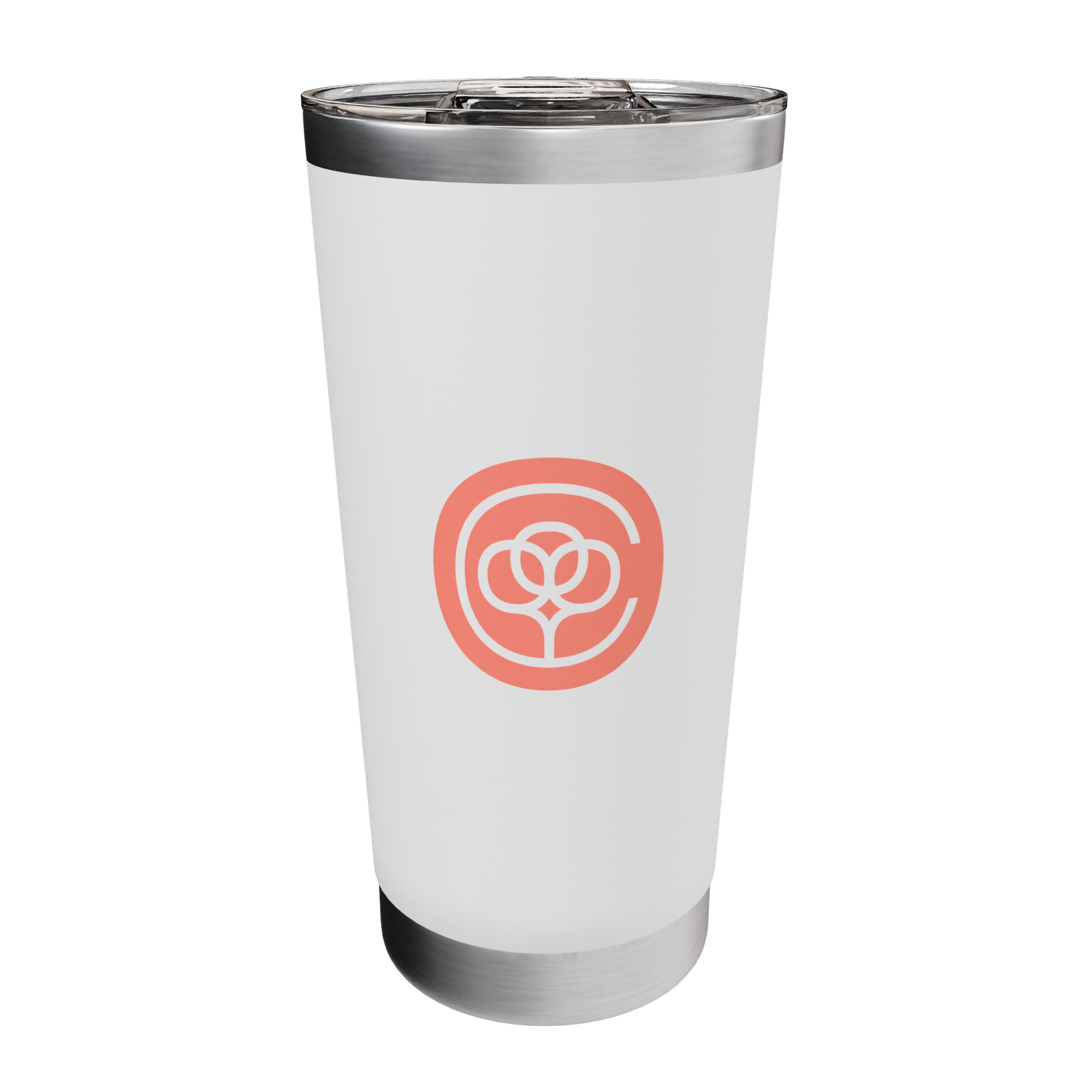
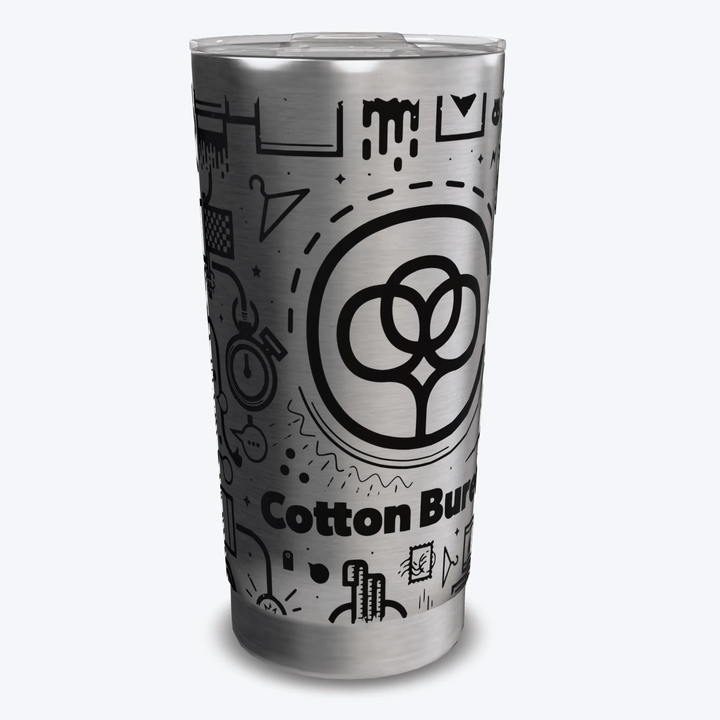
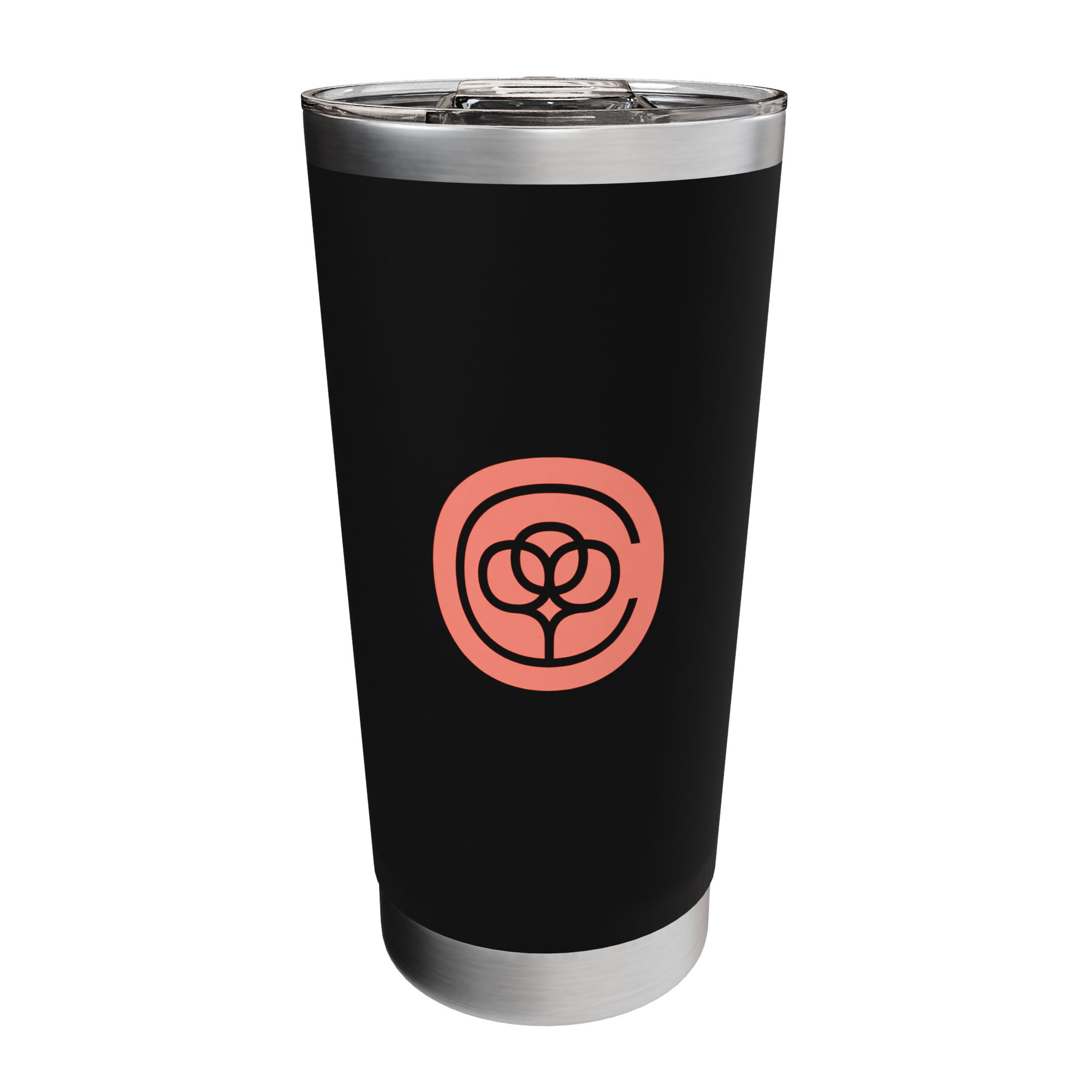
The new tumbler in stainless steel, white powder coat, and black powder coat.
The Browser
Models were good, the plan was starting to come together, time to get cracking on the code. We were confident we would hit our internal deadline of late March. Since you are reading this in mid-to-late April, you might be able to deduce that something went, uh, slightly off the rails. After 15+ years of building websites, our estimates ought to be bulletproof. You simply keep doubling the amount of time you expect something to take until your calculator breaks. And yet, there’s always just something you failed to predict. In this case, while our work laptops didn’t break a sweat rendering hundreds of 3D models at a time in the browser, our latest-gen iPhones… crashed almost immediately? That can’t be right.
Yet it was true. Even a small number of models brought mobile Safari to a screeching halt, not merely spinning and chugging but straight giving up and reloading the page. After a few days of somewhat frantically poking and prodding, we found that the mobile browser world is simply not ready for our big, beautiful drinkware models. Our 3D smoke is too tough. Our high-resolution textures too different. Our alpha hashing too bad. Safari decided to kill us.
Now what?
With a fully in-browser 3D solution out the window, we needed to pivot. Mercifully, we didn’t have to throw everything out. Browsers seemed willing to tolerate one model which meant as long as we could posterize everything else on the page, we would still be able to use the single model for creating and viewing products. After all, how many models can you interact with simultaneously?
The solution took us back to the server and the land of Blender. Like any other time a bag of lemons is thrust at you, you might as well find some sugar and make lemonade. The work that we had done last year moving to a just-in-time image rendering system ended up being essental to delivering our new server-generated drinkware mockups. As a bonus, the ray-traced mockup images created by the server are tack-sharp and provide a useful archive of images for us to draw on in places (like email receipts) 3D models can’t go. Those are actually some big unplanned wins.
We’re currently loading the 3D models on every product page as a secondary view which allows you get a full picture of the product while the default view is a plain vanilla image. Browsers like that. On some level it’s disappointing we had to take a step back from our original plan for 3D everywhere. The good news is that we ultimately received all the benefits of pursuing the 3D model path since it serves as the foundation for rendering out static 2D images. And when mobile hardware and software catches up, we’ll be ready.
The Product
Now that we made it through the jargon, let’s not neglect the product itself.
The glassware is absolutely solid. Simple and sturdy. We think you are going to find that’s a crowd-pleaser. The printing on all of these products is UV which means full-color, slightly textured, and, unfortunately, not dishwasher safe. Seeing printed graphics on glass is kind of wild. We don’t recommend full-bleed color because of the unprintable areas at the tops and bottoms, but anything else you can think of is fair game.
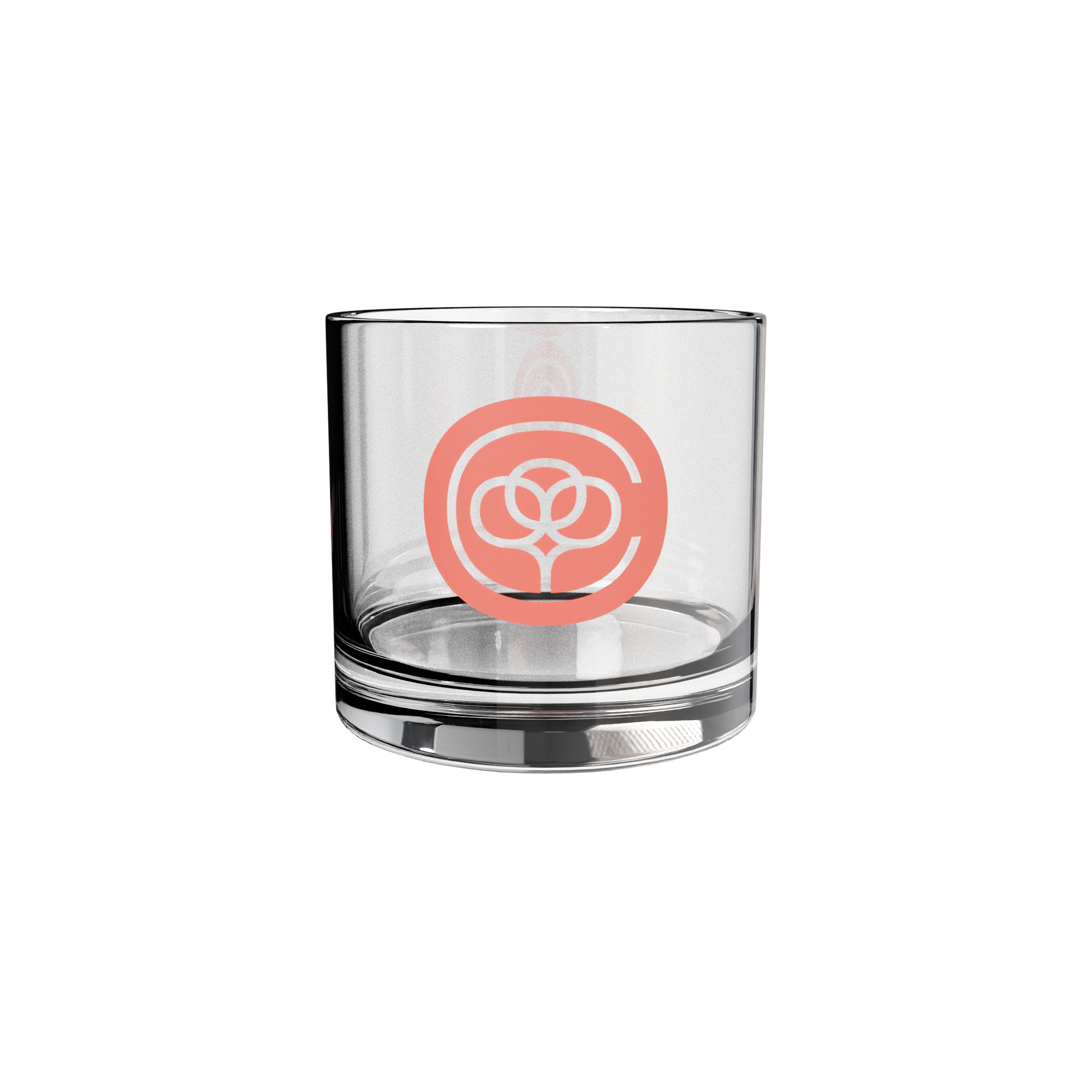
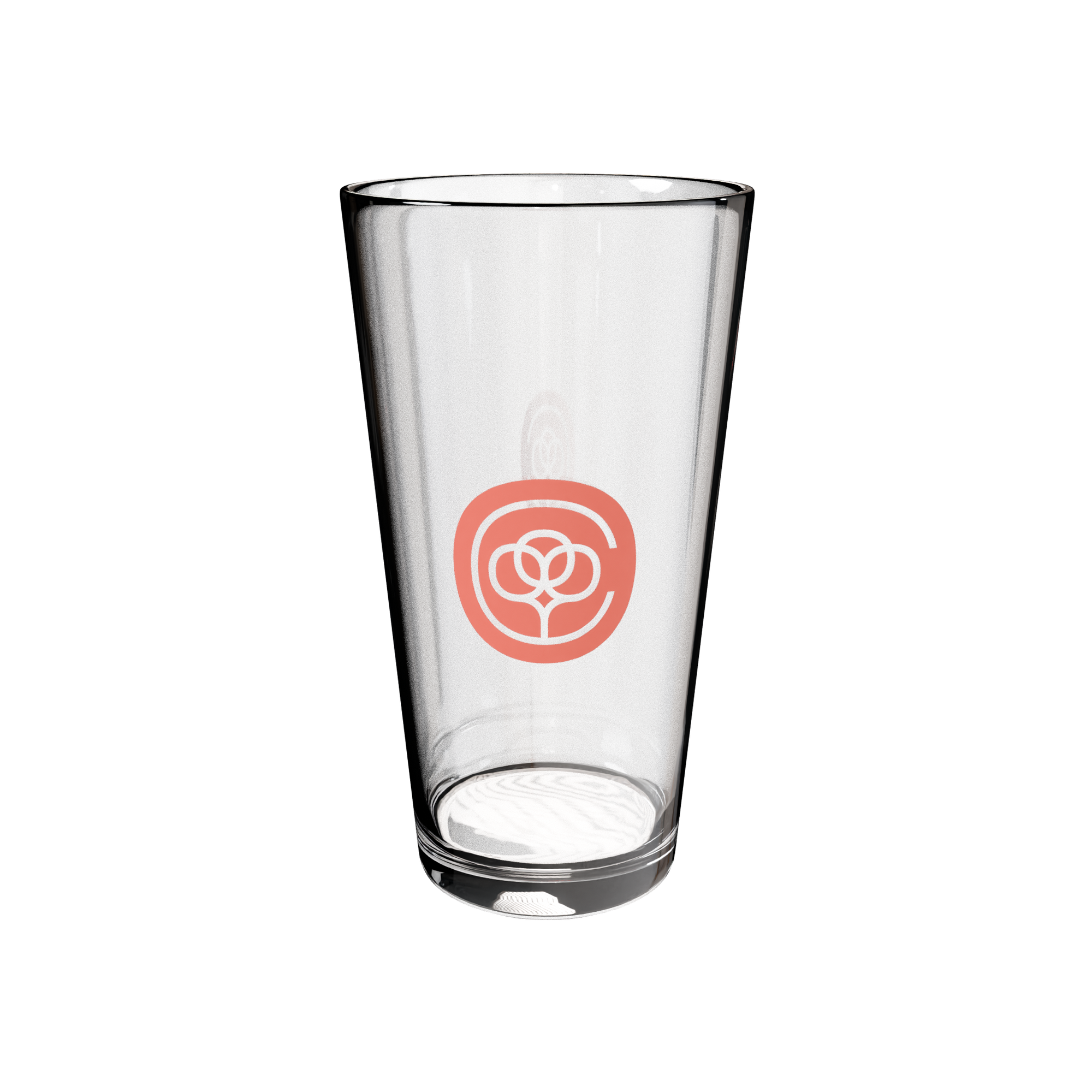
Rocks and Pint glasses, respectively.
The insulated clear acrylic cup we’ll admit is a touch different, possibly an acquired taste. For summer lounging and general purpose use though, there’s something to be said for a lid, a straw, and hours of temperature regulation — all while being able to see your beverage. Give it a try and let us know what you think.
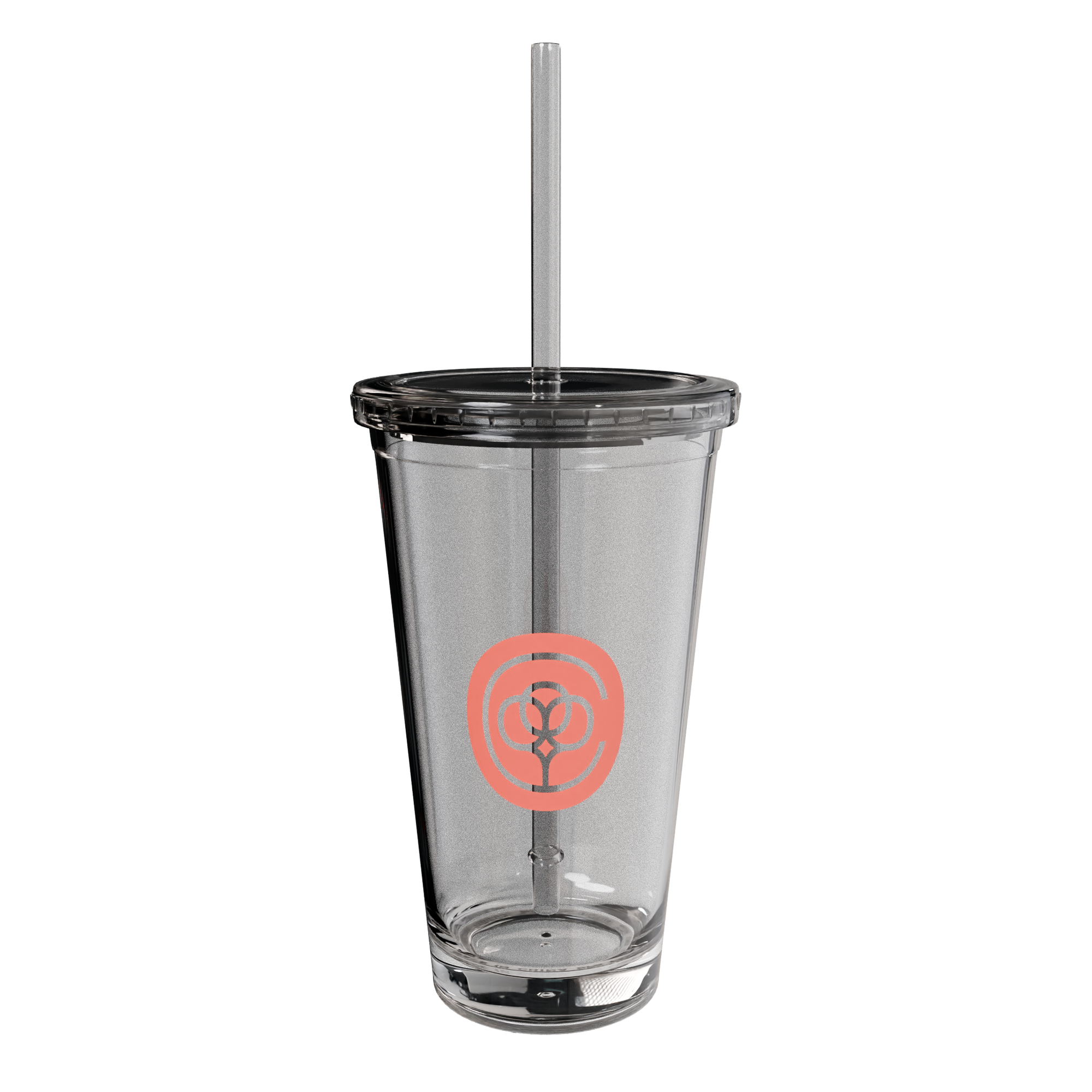
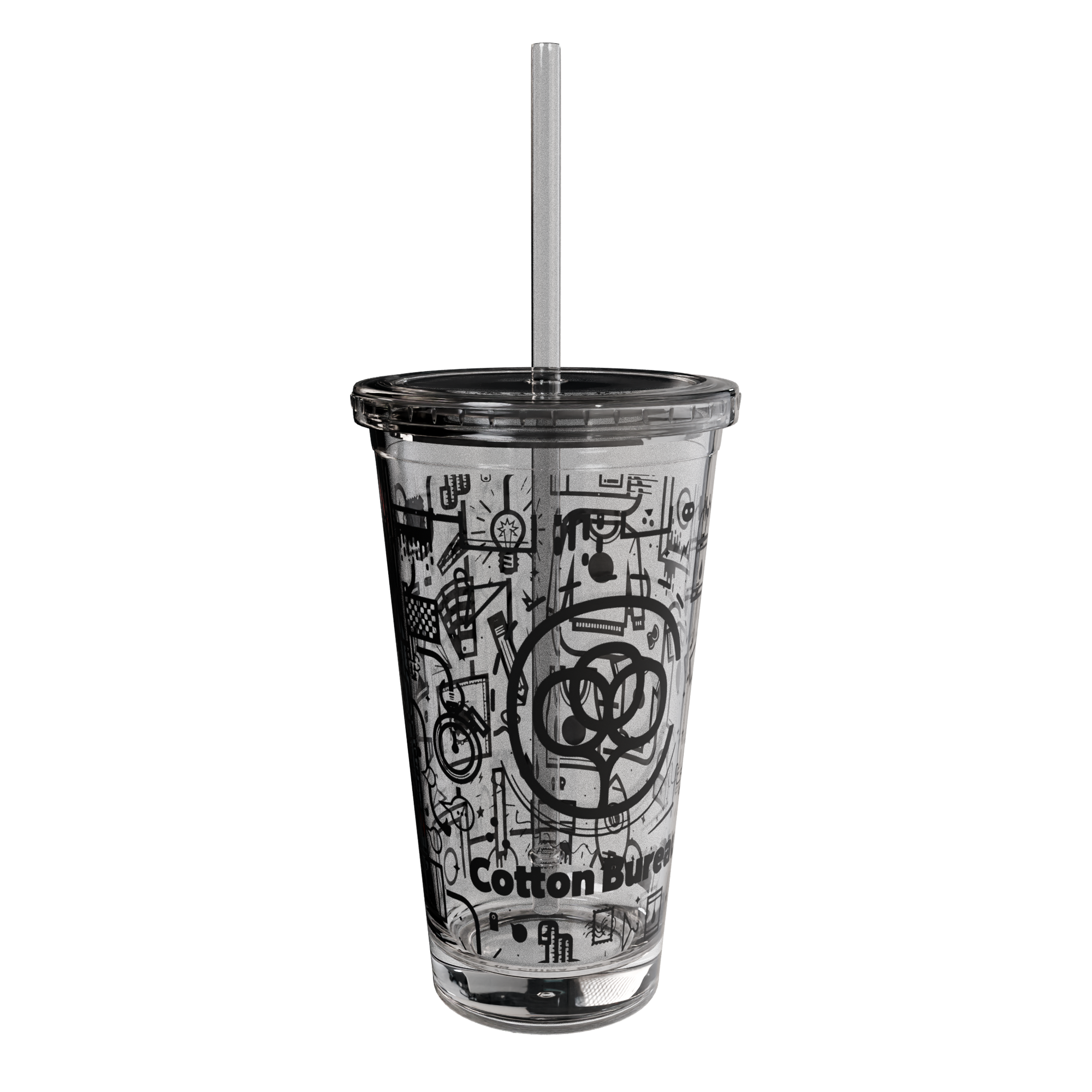
The straw cup with centered logo and full bleed graphic.
Speaking of letting us know what you think, we do have access to more drinkware options. If there is a particular form factor you think we should have, tell us. We wanted to keep the launch lineup manageable, so we selected our favorites.
We’ve got two bottle styles right now, the 20oz tumbler and the skinny bottle. The tumbler is a little wider, and the lid includes a quick-slide mechanism. You’ve probably seen (or possibly own) similar tumblers from other brands. The lids should be compatible, so feel free to mix and match those. For the tall and skinny bottle, the lid screws on securely. No leaks to worry about when tossing it in a travel bag.
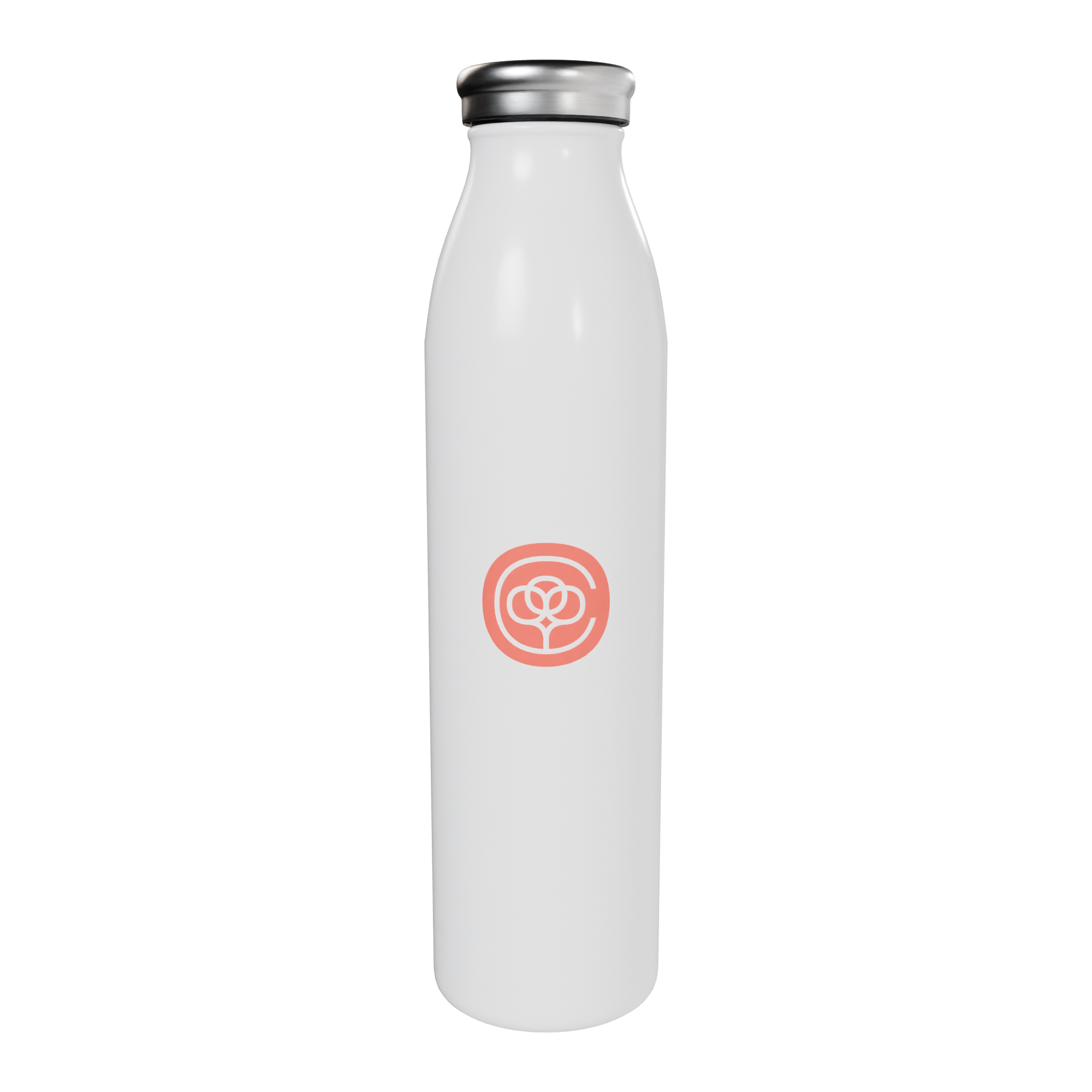
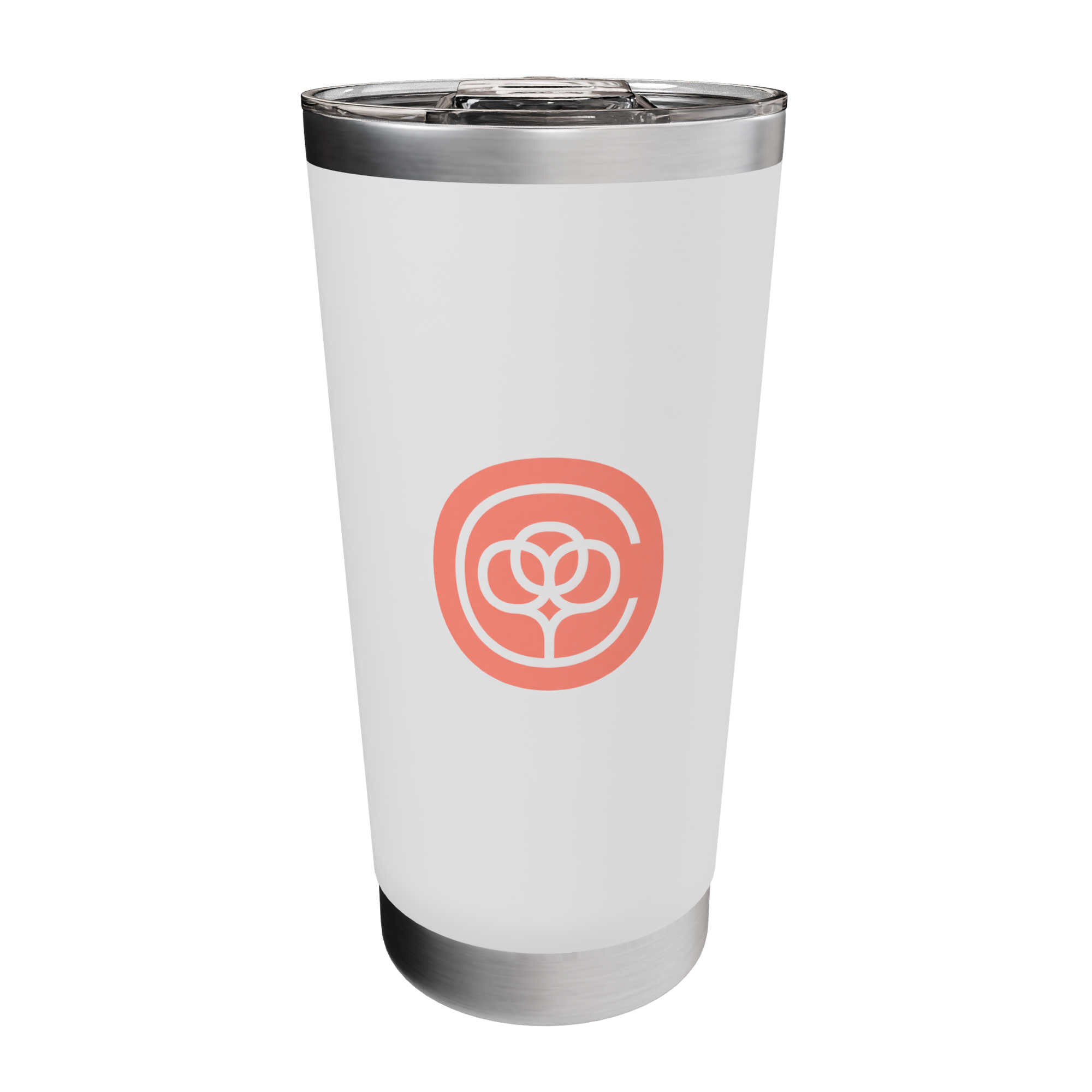
Insulated bottles, the tall, skinny one and the burly boy.
Last (and my favorite personally) are the insulated can sleeves. We go through more aluminum cans at my house than I care to admit. Everyone loves the insulated can sleeves that we have, but there aren’t enough to go around, and, to be fair, they’re a bit boring. We’re looking forward to seeing what you all add to the site and letting the kids finally each have one to call their own.
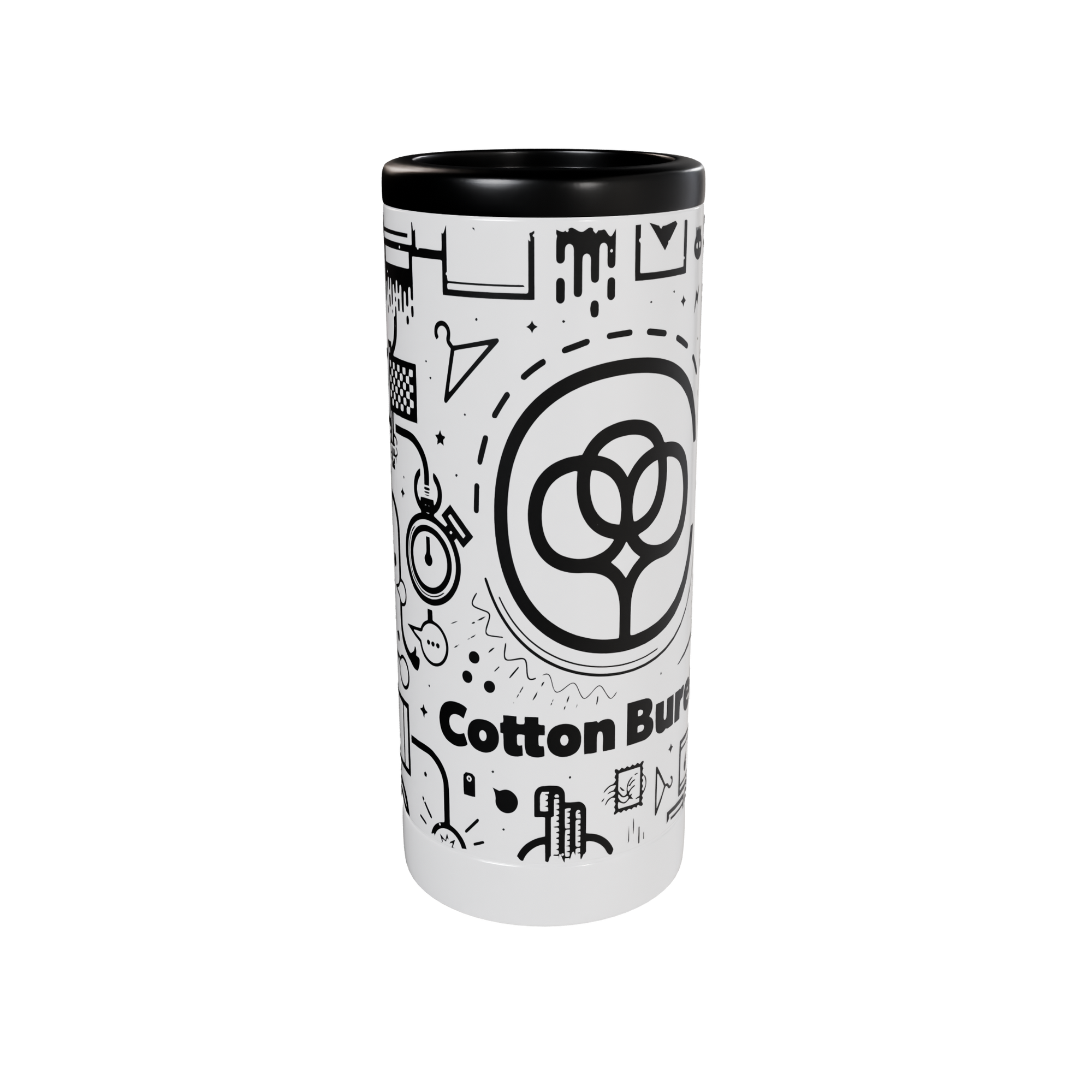
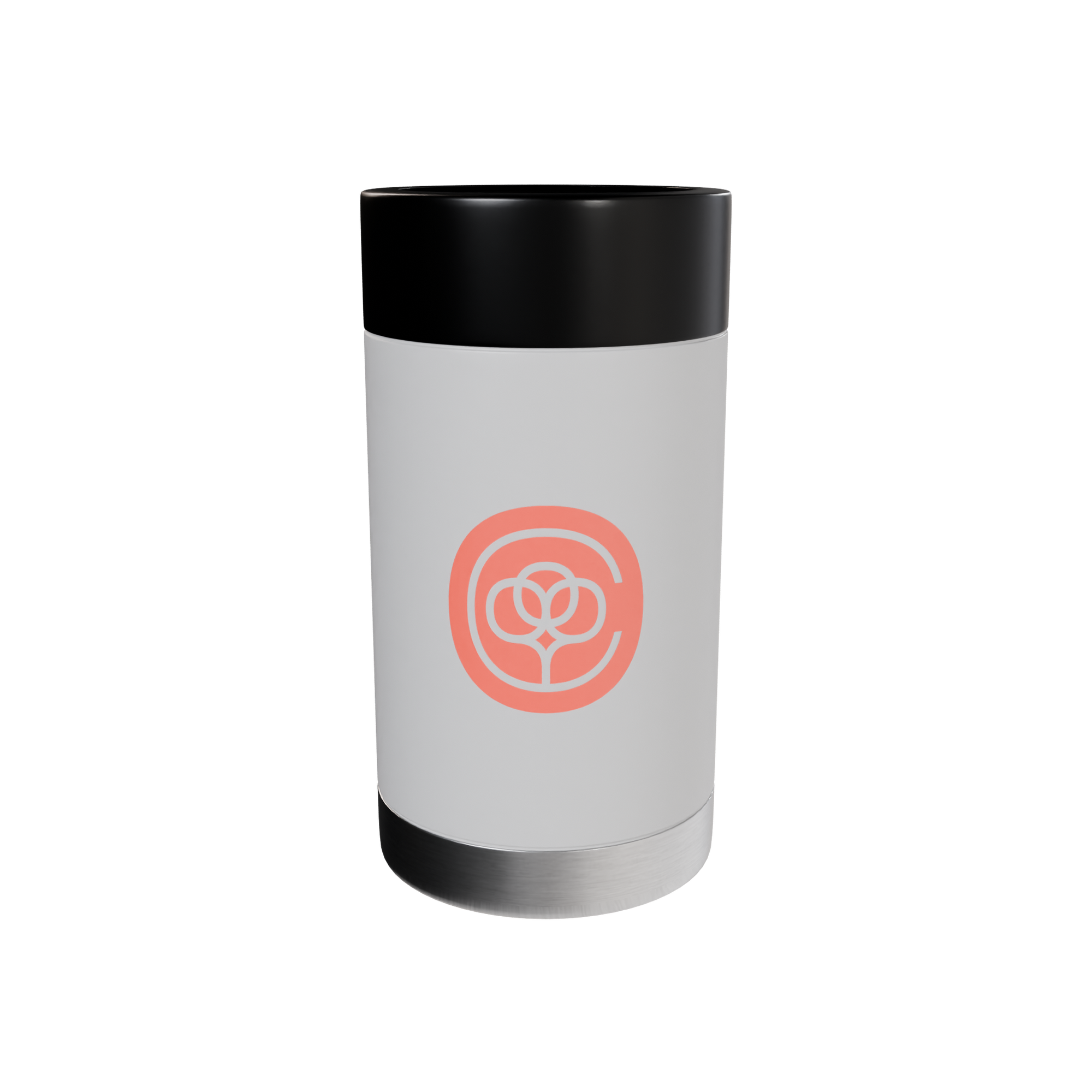
Insulated can sleeves, our favorite new product. Fits standard and skinny cans.
That’s it. Go nuts. Create as many products as you want. Feel free to split them up by style or keep them all rolled up together. Everything should ship within a few days, though, to be fair, this is all new to us. You could call it a beta if you want.
Final Thoughts
We’re rapidly approaching our 11th birthday here at Cotton Bureau. That’s a long time to be doing the same thing. Honestly though, we truly enjoy the work and feel like we’re just getting started. It’s always satisfying to set goals and achieve them. On demand drinkware was an absolute slog at times, but being able to ship it today — even if we can’t stop seeing all the warts and scars — is a wonderful feeling.
Please be gentle (and patient) with our poor servers. We’re still optimizing some of the image generation. Ray-tracing is a massively resource intensive operation.
As always, we not only want but need your feedback. Let us know what we could be doing better. If it can be reasonably accommodated, we’ll certainly try.
